Family chess game with a difference, released in 1970 and was to be played with 2 people. The aim of the game was to beat the brain.
This game was a simplifed chess board with seven squares across to eight deep. Each side has in effect a king (the brain), four queens and seven pawns (which become “queens” if they reach the eight rank).
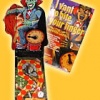
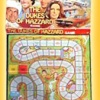

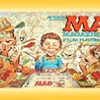

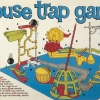
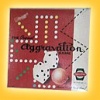
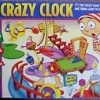


Do You Remember Take The Brain?
Do You Remember Take The Brain?